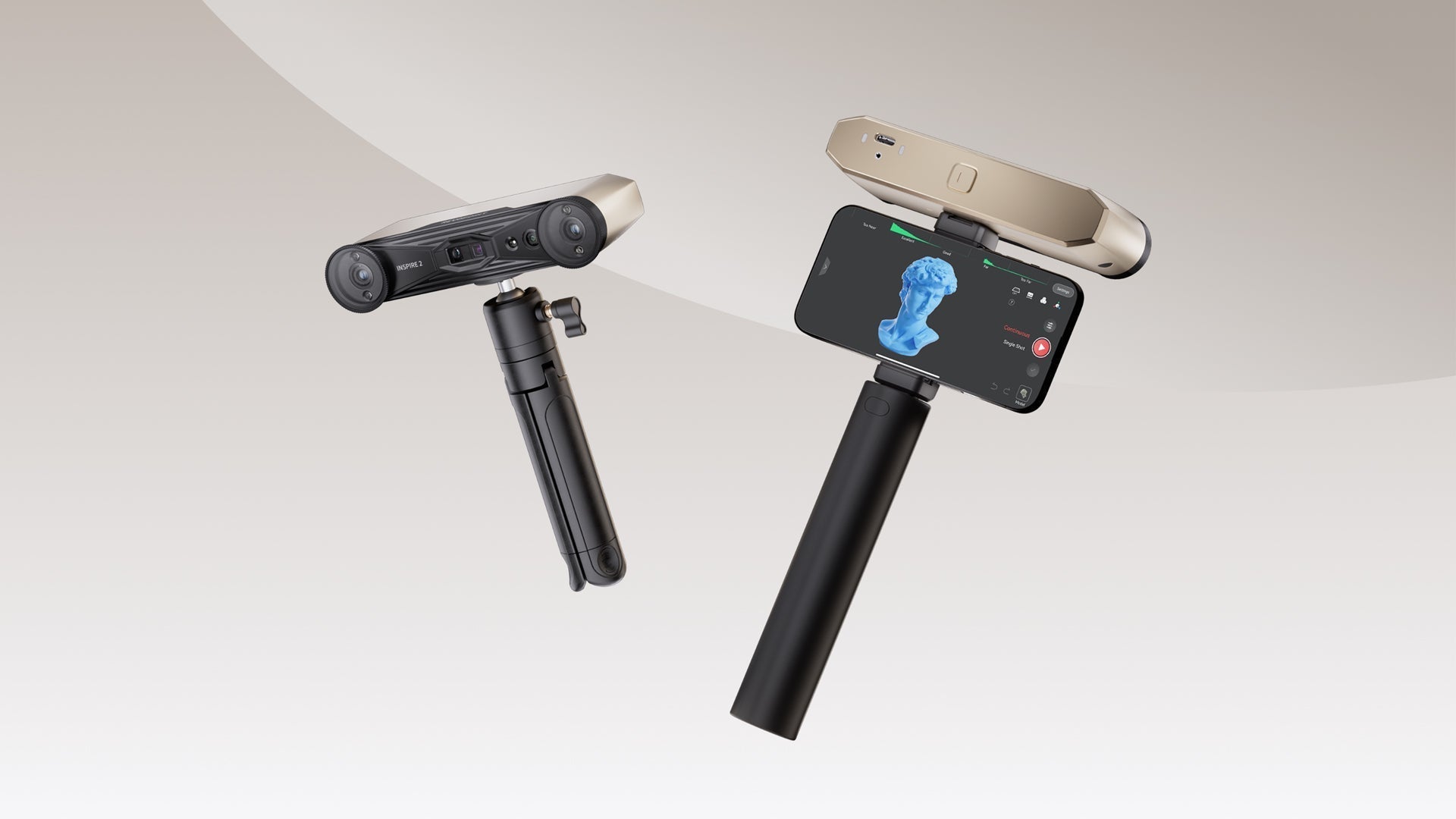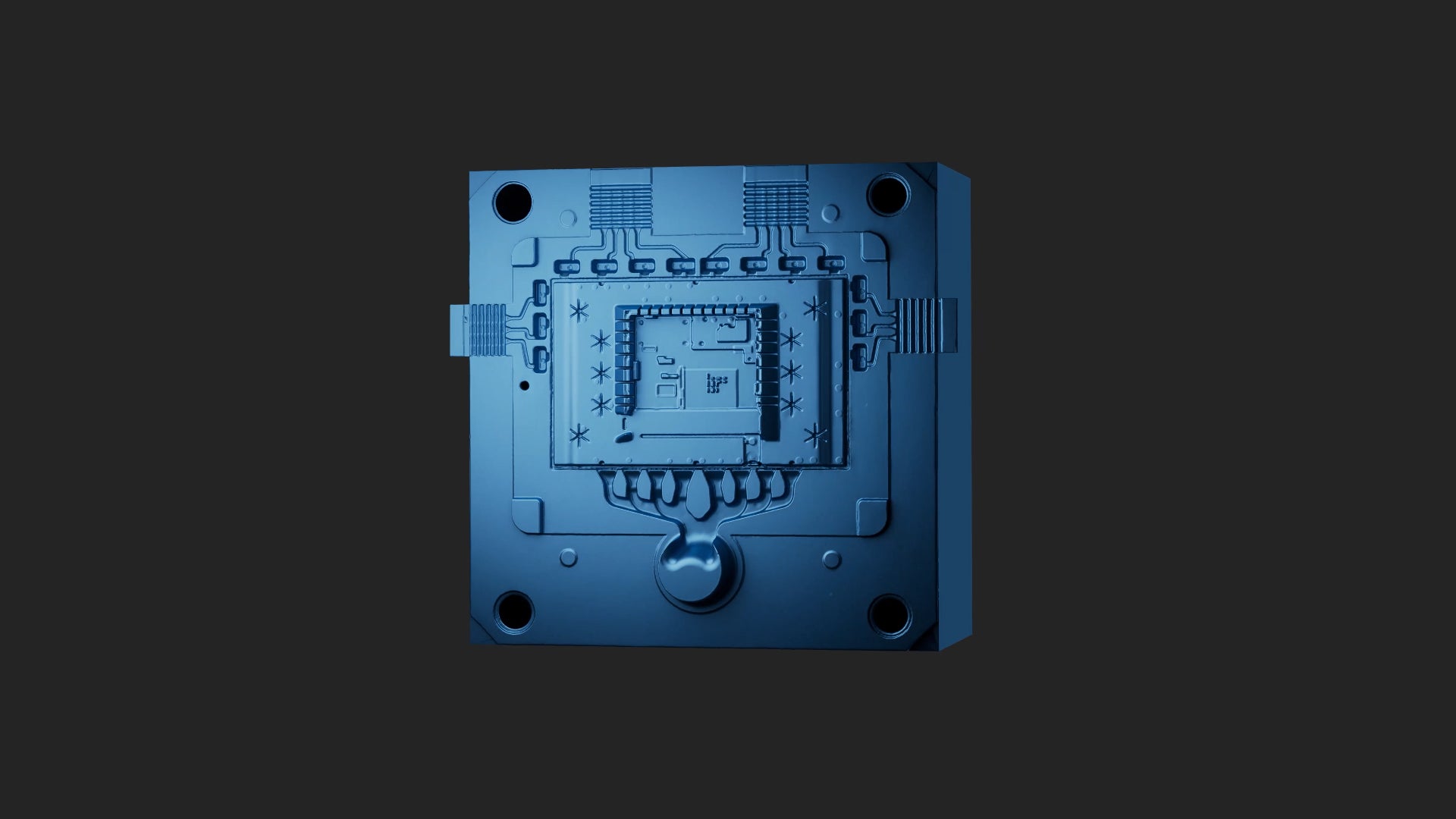Understanding the Evolution of 3D Scanning
With the rapid advancement of digital manufacturing and design, the demand for precise, efficient, and user-friendly 3D scanning solutions continues to grow. Professionals and creators across industries are now faced with a critical decision: should you choose a standard 3D scanner, or is it time to consider the new generation of optical tracking 3D scanners with marker-free scans? This guide unpacks the core differences and helps you find the right fit for your workflow.

How Standard 3D Scanners Work
Standard 3D scanners typically rely on structured light, laser triangulation, or photogrammetry to capture detailed geometry. Many require the use of physical markers—small reflective stickers or targets applied to the object's surface—to help the scanner maintain reference points and ensure accurate data alignment, especially when scanning large or complex items. This approach is proven and reliable, but it can be time-consuming to prepare objects, and removing adhesive markers after scanning can add to project timelines.
The Rise of Marker-Free Scans with Optical Tracking
Optical tracking 3D scanners represent a leap forward in scanning technology. By leveraging advanced computer vision and integrated tracking cameras, these systems eliminate the need for physical markers, allowing for seamless, marker-free scans. This not only streamlines the scanning process but also reduces the risk of errors from misplaced or detached markers.

For instance, the latest optical tracking systems—like those featured in Revopoint’s innovative Trackit series—utilize blue multi-line lasers and dual-camera base stations. These capture the scanner’s position in real-time, ensuring high-precision 3D data acquisition from small objects to large assemblies, without manual intervention. Marker-free workflows are particularly valuable in industrial inspection, reverse engineering, and design, where efficiency and accuracy are paramount.
Key Advantages of Optical Tracking 3D Scanners
● Efficient Workflow: Marker-free scanning cuts setup time and simplifies post-processing, letting users focus on capturing and refining high-quality 3D data.
● High Precision for All Object Sizes: Advanced systems like Trackit deliver volumetric accuracy suitable for both intricate parts and large-scale objects, ranging from a few millimeters to several meters.
● Automated Calibration: Many optical tracking scanners feature automated or semi-automated calibration, ensuring consistent results with minimal user input.
● Enhanced Material Compatibility: Multi-line lasers and advanced algorithms make it possible to scan dark, shiny, or reflective surfaces without requiring scanning sprays or powders.
Comparing Use Cases: Optical Tracking vs Standard Scanners
● Reverse Engineering & Manufacturing: When tight tolerances and minimal workflow interruptions are critical, marker-free optical tracking scanners shine. They excel in capturing accurate models for CAD conversion and quality inspection.
● 3D Printing & Prototyping: For makers and engineers, seamless integration with CAD software and rapid, marker-free workflows accelerate the move from physical object to printable model.
● Digital Archiving & Preservation: Museums and researchers benefit from non-invasive scanning, as optical tracking avoids any contact or residue on valuable artifacts.
● Education & Creative Industries: Users new to 3D scanning appreciate intuitive software, minimal setup, and the ability to scan a variety of objects without specialized training.
Introducing Revopoint Trackit: A New Standard in Marker-Free Scanning
The Revopoint Trackit is engineered to set a new benchmark for efficiency and precision in professional 3D scanning workflows. Designed for engineers, manufacturers, and designers who demand both accuracy and speed, Trackit leverages optical tracking technology to deliver true marker-free scans—eliminating the hassle of object preparation and enabling seamless data capture for objects large and small. This system is equipped with innovative features that not only simplify the scanning process but also ensure consistent, high-quality results, regardless of the complexity of your project.

Key capabilities of Revopoint Trackit include:
● Real-time optical tracking with a dual-camera base station for precise scanner localization
● 30 blue cross-line lasers for rapid, high-resolution surface data acquisition
● Automated calibration via a dual-axis gimbal system to minimize user intervention and human error
● Flexible scanning modes, allowing both optical tracking and handheld operation for hard-to-reach or intricate areas
● Robust carbon fiber frame for stability and long-term durability, ideal for demanding environments
● Intelligent temperature monitoring to maintain optimal accuracy throughout extended sessions
● Seamless integration with Revo Design software for streamlined scan-to-CAD workflows
Trackit is particularly well suited for reverse engineering, quality inspection, and digital archiving, adapting easily to a range of industries and applications. By removing the need for physical markers and offering intuitive, automated features, Revopoint Trackit empowers users to focus on innovation and results—transforming how you approach your scanning projects from start to finish.
The Pros of Revopoint Trackit
● Advanced optical tracking captures accurate 3D data in real time without the need for adhesive markers, ensuring faster setup and leaving no residue on objects.
● Dual-mode operation: switch between optical tracking and handheld scanning for maximum versatility
● High volumetric accuracy (0.02 mm + 0.04 mm × L) suitable for both small details and large objects
● Rapid scanning speed of up to 1.5 million measurements per second for efficient project turnaround
● Automated multi-pose calibration reduces setup time and guarantees consistent accuracy
● Carbon fiber construction ensures lightweight handling with industrial-grade durability
● Advanced algorithms enable scanning of dark, shiny, or complex surfaces without additional spray
● Realistic texture mapping with a high-resolution RGB camera for vivid, detailed 3D models
● Built-in high-sensitivity temperature sensors monitor temperature changes in real time and intuitively display temperature status.
● Compatible with a wide range of output formats (PLY, OBJ, STL, ASC, 3MF, GLTF, FBX) for flexible downstream use
● Seamless integration with Revo Design and Revo Measure for comprehensive CAD conversion and measurement analysis
● These advantages make Revopoint Trackit a compelling choice for professionals seeking to streamline their workflows, boost productivity, and achieve top-tier results in 3D scanning and measurement.
What to Consider When Choosing Your 3D Scanner
Selecting the right 3D scanner is about more than just specifications. Evaluate your primary application, the typical object sizes, material types, and your desired workflow integration. Check for features like real-time feedback, easy calibration, and compatibility with your preferred CAD or modeling software.
Brands that offer a complete ecosystem—combining advanced scanners, intuitive software, and responsive support—can help ensure long-term value. For example, Revopoint’s range spans from entry-level to industrial-grade solutions, with software like Revo Scan and Revo Design streamlining the entire scan-to-CAD process.
Optimizing Your 3D Scanning Workflow
Regardless of the technology you choose, best practices remain important. Ensure your objects are clean, use a stable scanning environment, and take advantage of real-time monitoring tools provided by your scanner’s software. Post-processing—such as mesh editing, hole filling, and data export—should be straightforward and accessible within your chosen software suite.
Conclusion: Is Marker-Free Optical Tracking Right for You?
Optical tracking 3D scanners with marker-free capabilities are transforming how professionals approach digital measurement, inspection, and design. By eliminating manual steps and increasing accuracy, these systems unlock greater productivity and flexibility. If you’re looking to streamline your workflow and future-proof your projects, exploring an optical tracking 3D scanner could be a smart investment.

For in-depth comparisons, user stories, and personalized guidance, explore comprehensive resources and product lines from trusted brands like Revopoint. Discover how the right scanning technology can simplify your journey from concept to completion—whether you’re in engineering, manufacturing, creative design, or education.


Leave a comment
This site is protected by hCaptcha and the hCaptcha Privacy Policy and Terms of Service apply.